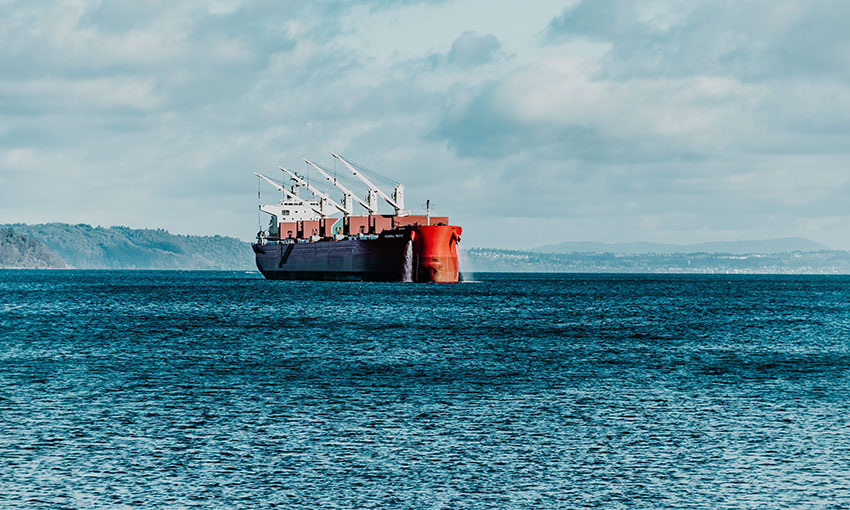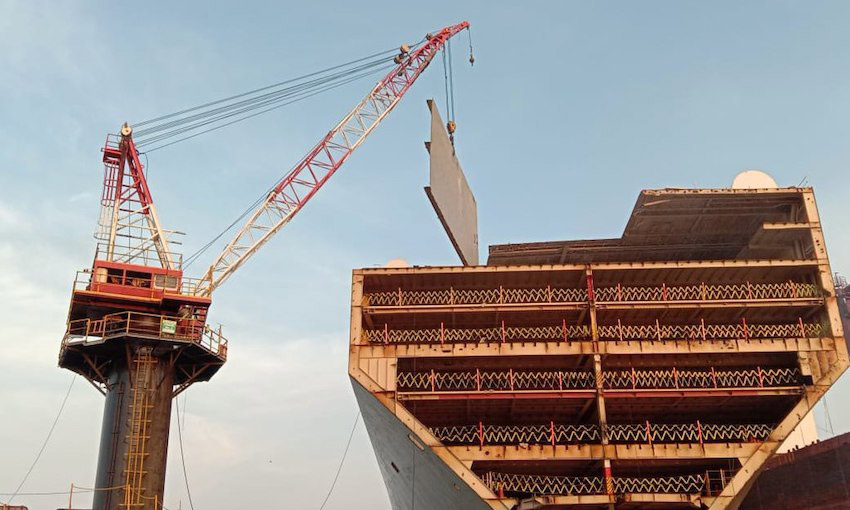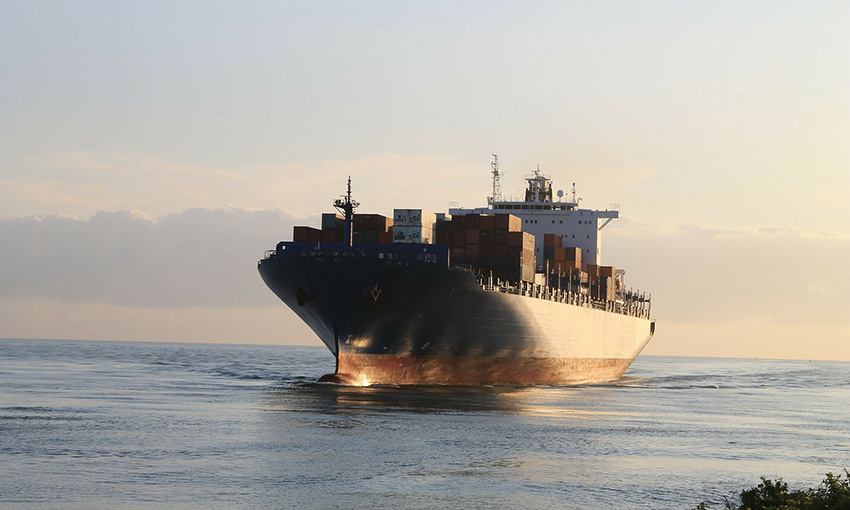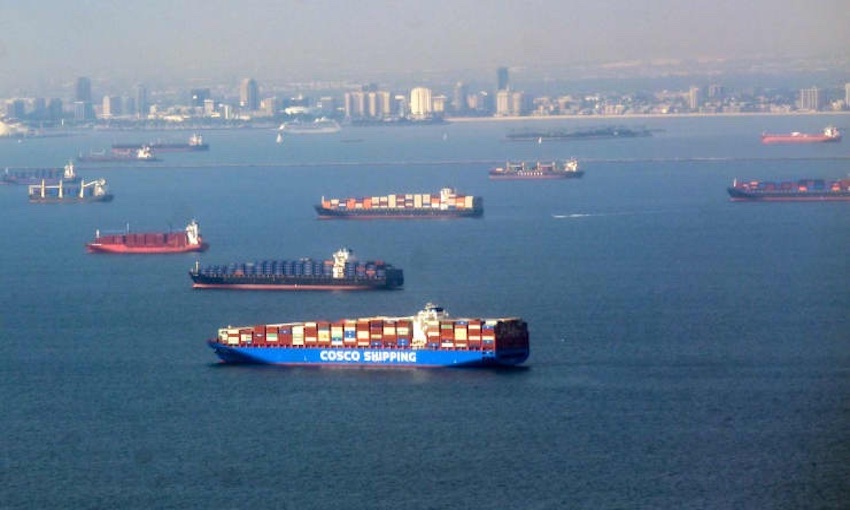By Reed Smith transportation lawyers Nick Austin, Mike Adamson and Laura Hyne
JUST as there is no easy route to decarbonisation, there is no straightforward way of balancing a shipowner’s obligation to comply with the MARPOL Carbon Intensity Indicator (CII) Regulations with a time charterer’s right to direct the employment of a vessel.
That much is clear from the long-awaited BIMCO CII Operations Clause for Time Charters 2022 and, more tellingly, from the industry reaction.
Now that the dust is settling: what does the clause actually say? What are the key sticking points? And how are owners and charterers positioning themselves before the CII Regulations come into force on 1 January 2023? In this briefing, we take a closer look at some of the emerging themes.
The BIMCO CII Operations Clause for Time Charter Parties 2022
Messaging from both BIMCO and the IMO has long been that, for the CII Regulations to be effective, owners and charterers will need to work together. This principle of co-operation is at the heart of the clause.
Under sub-clause (b), the parties are obliged to ‘cooperate and work together in good faith’ to: (i) share best practices that may improve the vessel’s energy efficiency and; (ii) collect, share and report on a daily basis any relevant data that may assist the monitoring and assessment of the vessel’s compliance with the CII Regulations and for planning prospective voyages. This, at least, should not be a point of contention because the very essence of the CII Regulations require this.
Charterers’ obligations
The key point is that the clause transfers the responsibility for compliance with the CII Regulations from the owner to the charterer.
Sub-clause (c) sets out the two main obligations on the charterer:
1. To operate and employ the vessel in a manner consistent with the CII Regulations.
2. To operate and employ the vessel in a manner which will not permit the “C/P Attained CII” (i.e. the vessel’s CII attained at the start of the year or the delivery date if this was in the middle of a year) to exceed the “Agreed CII” (i.e. the CII value which the parties agree in the clause will be met).
The Agreed CII must be stated in sub-clause (d) and this will be a key area of negotiation. Without agreement, the clause defaults to the middle point of ‘C’. For many vessels, this could curb the freedoms traditionally enjoyed by time charterers because they may have to issue adjusted voyage orders (to slow steam or sail by a more fuel efficient route) to comply.
Sub-clause c(ii) says “Any existing warranties as to despatch, speed and consumption or to maintain the Vessel’s description” continue to apply. A charterer will therefore retain the right to claim against the owner for breach of those warranties. However, a charterer must still comply with its other obligations under the clause, even if the owner is in breach of the warranties. In other words, a charterer is not excused from its obligations if, for example, the vessel underperforms.
Owners’ obligations
The main obligation for the owner is at sub-clause (f). It must exercise due diligence to ensure that the vessel is operated in a manner, which minimises fuel consumption, including the following:
1. Maintaining the vessel, its engines, hull and any equipment relating to its energy efficiency in accordance with the charter and to report any deficiencies.
2. Adjusting the vessel’s trim and optimising main and auxiliary engine use.
3. Making optimal use of navigational equipment and performance monitoring systems.
4. Proceeding on the most fuel efficient route (subject to the safety of the vessel and charterers’ instructions).
5. Monitoring data relevant to calculating the vessel’s carbon intensity.
6. Compliance with the Ship Energy Efficiency Management Plan (SEEMP).
What about non-compliance?
Sub-clause (g) says what happens if the data collected by the owner indicates that the trajectory of the C/P Attained CII is deviating from the Agreed CII.
In short, if, after the owner has given advance warning of such deviation to the charterer, there is a “reasonable likelihood” that the charterer will not be able to comply with its obligations under sub-clause (c), the charterer must submit, at the owner’s request, a plan showing its instructions for at least the next voyage.
Then, if the owner can reasonably show that following this plan will result in the vessel failing to meet the Agreed CII, it must notify the charterer, and the parties must work together in good faith to agree an adjusted plan to bring the C/P Attained CII in line with the Agreed CII.
Until an adjusted plan is agreed, the owner need not follow the charterer’s orders and can require the charterer to provide alternative instructions to bring the vessel back within the C/P Attained CII.
The vessel is to remain on hire following the owner’s request for a written plan until such plan is agreed and, during that time, the owner will not be in breach of charter if it takes the above steps to bring the vessel within the C/P Attained CII. In theory this could lead to a stalemate if a plan cannot be agreed. However, given the vessel will be off hire, the charterer should be incentivised to agree a compromise as quickly as possible.
There is also an express right at sub-clause (j) for the owner to claim damages caused by any failure by the charterer to comply with the clause.
Observations
A number of themes are starting to emerge from the industry’s reaction to the clause.
The nature of the key obligations
Under the clause, the charterer’s obligation to operate and employ the vessel in a manner consistent with the CII Regulations is an absolute obligation. But the owner’s obligation to operate the vessel in a manner which minimises fuel consumption is one of due diligence only.
This imbalance has raised eyebrows with a few charterers, with some trying to limit their own obligations to the lower standard of diligence.
But how would an obligation to exercise due diligence be measured in the context of the clause? If there is a range of steps open to a charterer to comply, a due diligence obligation should allow it to consider these, choose what it reasonably thinks is best, and avoid liability if it does not work. However, if the only way to achieve compliance is, say, to slow steam, a due diligence obligation would not allow the charterer to avoid that course, even if it came with the risk of liability to third parties under sub-charters, bills of lading or sale contracts.
Changing the absolute obligation to exercising “reasonable commercial endeavours” could be more attractive to a charterer. Whether an owner would agree is another matter.
Incentivising charterers to agree to the clause or assume responsibility for CII compliance
Reports have emerged of charterers in strong negotiating positions resisting an un-amended BIMCO clause on the basis that it uses more stick than carrot to ensure compliance by (a) putting the responsibility to comply on the charterer and (b) giving the owner the right to reduce speed or demand alternate instructions. This is a significant departure from the usual division of rights and responsibilities in time charters and could result in the charterer incurring liabilities to third parties.
Faced with push-back, an owner may want to incentivise charterers to agree the clause or operate vessels in a manner which leads to a more favourable CII rating, for example by sharing in port authority incentives which are expected to be offered to vessels with a CII rating of A or B.
Alternatively, an owner could offer to take other steps not mentioned in the clause, but within its control, to improve a vessel’s energy efficiency. This could include more regular hull and propeller cleaning, upgrading a vessel’s hull coating or installing new energy efficient equipment. A charterer could similarly require an owner to take these steps in return for agreeing to a CII clause under which they take on responsibility for compliance.
In practice, it may not be possible for an owner to avoid taking proactive (and expensive) steps to improve a vessel’s rating if it is so inefficient that it would be not be possible for any charterer to operate it commercially, whilst also ensuring compliance with CII.
Back-to-back charters
Disponent owners often aim to charter out on back-to-back terms with their head charter. However, given that CII clauses are likely to be heavily negotiated with the final wording specific to each charter, we expect to see different clauses in the same chain of charters. Disponent owners should therefore pay particular attention to any exposure gaps and seek to limit them if a fully back-to-back position is not possible.
Nor is the BIMCO clause intended for use in voyage charters. While a BIMCO voyage charter CII clause is anticipated, for the time being parties to a voyage charter will need to agree provisions reflecting the position under any time charter as far as possible. For example, if a party time charters in and voyage charters out and the time charter includes the BIMCO clause, it should aim to agree a right in the voyage charter to sail by an indirect route or slow steam. Alternatively, it could look to include specific terms, e.g. in relation to routing and speed, to ensure the performance of a voyage charter does not put the disponent owner in breach of its time charter up the line.
Claims for breach of CII clauses
The repercussion for non-compliance with CII is that a vessel rated ‘D’ for three consecutive years, or ‘E’ for a single year, must provide a corrective action plan to be signed-off by the vessel’s flag state or class, failing which a vessel could be banned from trading.
Any losses of this type could in principle be recovered under the BIMCO clause. But if an owner suffers other losses in relation to CII, there may be questions about whether those losses were caused by the breach and recoverable in law. For example, what if an owner does not benefit from a future incentive for compliance provided by a port state or suffers an (as yet unknown) penalty imposed by port state or other authority for non-compliance? And what if an owner’s ability to fix the vessel for future voyages, or its market rate of hire, following redelivery is adversely affected? There is fertile ground here for disputes about the cause and recoverability of such losses.
Short term vs long term charters
The BIMCO clause seems best suited for longer term time charters. In short term or trip time charters, where the employment of the vessel is known, specific terms setting out routing, speed and other operational factors affecting energy efficiency may be more appropriate than adopting the BIMCO clause.
Concluding thoughts
The release of the BIMCO clause has had an immediate impact on the industry as owners and charterers grapple with what it means for their operations and wider business models. An owner can now say there is an “industry standard” position, but whether the clause and the delicate balancing act attempted by BIMCO will be widely accepted and actually become “industry standard” remains to be seen. And that’s before the anticipated “update” to the CII Regulations in 2026, intended to reflect the industry’s experience of the Regulations in the first three years, is even on the horizon.
But the initial reaction indicates the clause may be used as a starting point, even if it is amended. And in many cases the final wording will depend on bargaining positions.
The higher level clauses that appeared before the BIMCO clause – which often provided for parties to work together in good faith to ensure compliance or negotiate changes to charter clauses – may now be a thing of a past. It may well also be more difficult for charterers to argue that their largely unfettered right to employ the vessel should not be impeded or that they should not be the ones taking steps to reduce a vessel’s carbon intensity.
It is abundantly clear that the CII Regulations will have a direct impact on the day-to-day operation of vessels across the global fleet. Parties will need to be flexible to achieve compliance even before any update in 2026. The BIMCO clause provides a framework where none existed before, and we expect the market’s approach to CII compliance will mature and evolve as owners and charterers alike come to terms with the reality of the CII Regulations.





